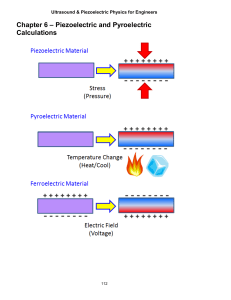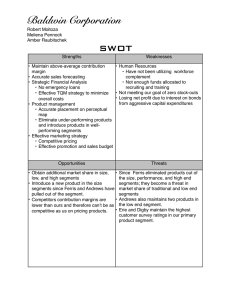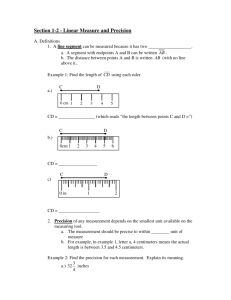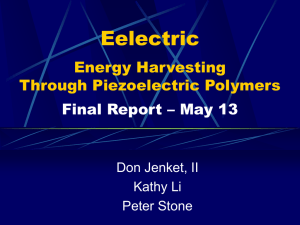Ribbon‐Like Piezoelectric Energy Harvester for Powering Heart Failure Monitor
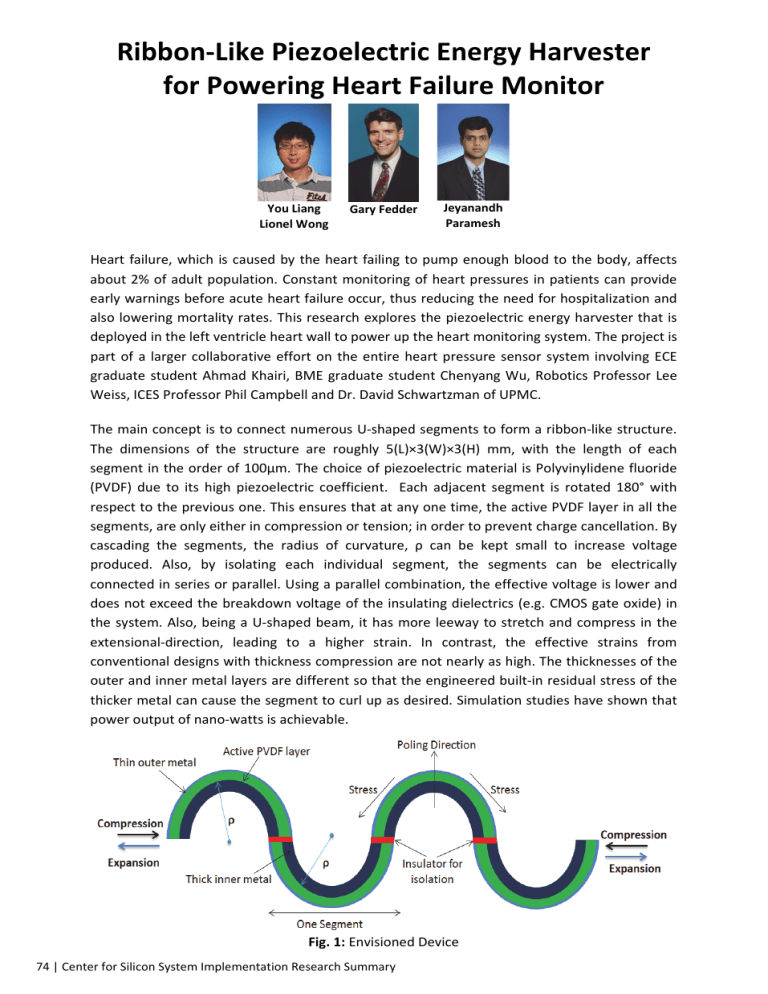
Ribbon
‐
Like
Piezoelectric
Energy
Harvester
for
Powering
Heart
Failure
Monitor
You Liang
Lionel Wong
Gary Fedder Jeyanandh
Paramesh
Heart failure, which is caused by the heart failing to pump enough blood to the body, affects about 2% of adult population.
Constant monitoring of heart pressures in patients can provide early warnings before acute heart failure occur, thus reducing the need for hospitalization and also lowering mortality rates.
This research explores the piezoelectric energy harvester that is deployed in the left ventricle heart wall to power up the heart monitoring system.
The project is part of a larger collaborative effort on the entire heart pressure sensor system involving ECE graduate student Ahmad Khairi, BME graduate student Chenyang Wu, Robotics Professor Lee
Weiss, ICES Professor Phil Campbell and Dr.
David Schwartzman of UPMC.
The main concept is to connect numerous U ‐ shaped segments to form a ribbon ‐ like structure.
The dimensions of the structure are roughly 5(L)×3(W)×3(H) mm, with the length of each segment in the order of 100 μ m.
The choice of piezoelectric material is Polyvinylidene fluoride
(PVDF) due to its high piezoelectric coefficient.
Each adjacent segment is rotated 180° with respect to the previous one.
This ensures that at any one time, the active PVDF layer in all the segments, are only either in compression or tension; in order to prevent charge cancellation.
By cascading the segments, the radius of curvature, ρ can be kept small to increase voltage produced.
Also, by isolating each individual segment, the segments can be electrically connected in series or parallel.
Using a parallel combination, the effective voltage is lower and does not exceed the breakdown voltage of the insulating dielectrics (e.g.
CMOS gate oxide) in the system.
Also, being a U ‐ shaped beam, it has more leeway to stretch and compress in the extensional ‐ direction, leading to a higher strain.
In contrast, the effective strains from conventional designs with thickness compression are not nearly as high.
The thicknesses of the outer and inner metal layers are different so that the engineered built ‐ in residual stress of the thicker metal can cause the segment to curl up as desired.
Simulation studies have shown that
power output of nano ‐ watts is achievable.
Fig.
1: Envisioned Device
74 | Center for Silicon System Implementation Research Summary

